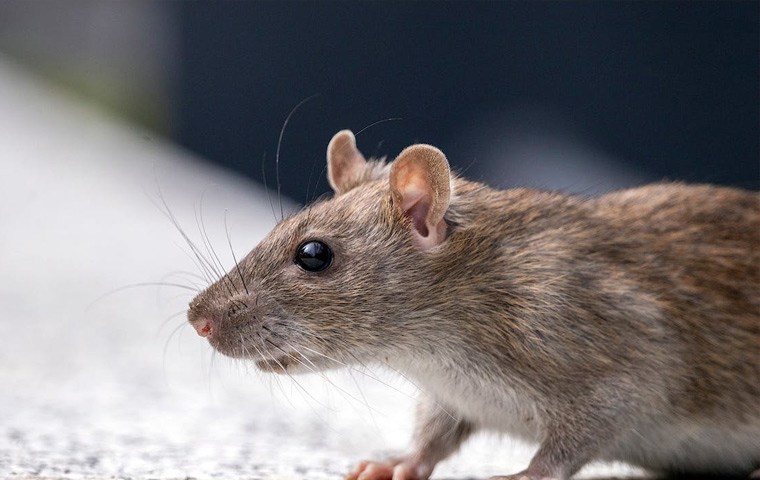Norway rats and humans have shared a long relationship over the years. Also known as brown rats, these pests have been around – and bothering humans – since before the 1500s. Despite their name, Norway rats are believed to descend from Asia, and today they inhabit places all over the world where people live and work. Norway rats were actually the predecessors of laboratory rats, and thus they are the first mammals to have been domesticated by humans for research purposes.

Norway rats prefer densely populated areas, and the reason is simple: the more people there are, the more waste there is, and like all rats, they love to eat garbage. When given the option, these rats prefer to eat meats, vegetables, and some fruits, as well as grains and cereals. Because food waste is found in the trash, these rats commonly eat food that’s decaying, infested with insects, and contaminated with bacteria from other unsanitary items in the trash. These bacteria may be harmful to humans and pets, and because rats are constantly exposing themselves, they become carriers, which is how they transmit disease and contaminate surfaces in homes.
Characteristics of Norway Rats
Norway rats are large, measuring between seven to nine-and-a-half-inches long, which doesn’t include its tail. Separately, its long, skinny, bald tail is slightly shorter than its body; its ears are also bald. These rats vary in color and may be brown, grey, or reddish-brown, and tend to have a lighter coloring on their abdomen. Norway rats are most active during the nighttime hours and their lifespan averages between two and four years.
Dangers Of Having Norway Rats In Your Home
Norway rats can spread disease, contaminate food sources, and cause damage to homes and structures. Some of the diseases that Norway rats have been linked to include murine typhus, leptospirosis, plague, and salmonellosis. This bacteria is spread most commonly through the air; this can occur while cleaning attics, basements, grass, and gardens. When rodents’ dried fecal matter is kicked up it releases harmful pathogens into the air.
Another note for caution is that Norway rats don’t receive veterinary care, and thus as a species, they are infested with parasites such as mites and fleas, which are also known to spread disease. Since these parasites feed on the blood of Norway rats, they’ll also spread whatever their host is carrying. These rats are also known to damage structures and property due to their constant gnawing and burrowing, which creates additional problems for homeowners.
Tips For Preventing Norway Rats
To refrain from attracting Norway rats and other pests to your home and property, considering the following three tips for prevention:
1. Keep all food sealed and property stored, which prevents rats from accessing food sources and prevents food from becoming contaminated.
2. Store trash in sealed, lidded garbage cans that are frequently emptied away from the home.
3. Make repairs to areas of moisture, such as leaky pipes and faucets, which can attract rodents looking for water.
Call For Professional Help
Because of the extent of danger that Norway rats can pose to you and your family and the potential damage they can incur on your home and property – along with the fact that they can produce up to six litters a year – the safest and most effective way to handle a Norway rat infestation is to contact the professionals at Bugaboo Pest Control.
Our General Pest Control Package targets rodents and other common pests afflicting homeowners in the Lakewood area, and we’ll develop a customized treatment plan specific to you and your needs. Give Bugaboo Pest Control a call today.

